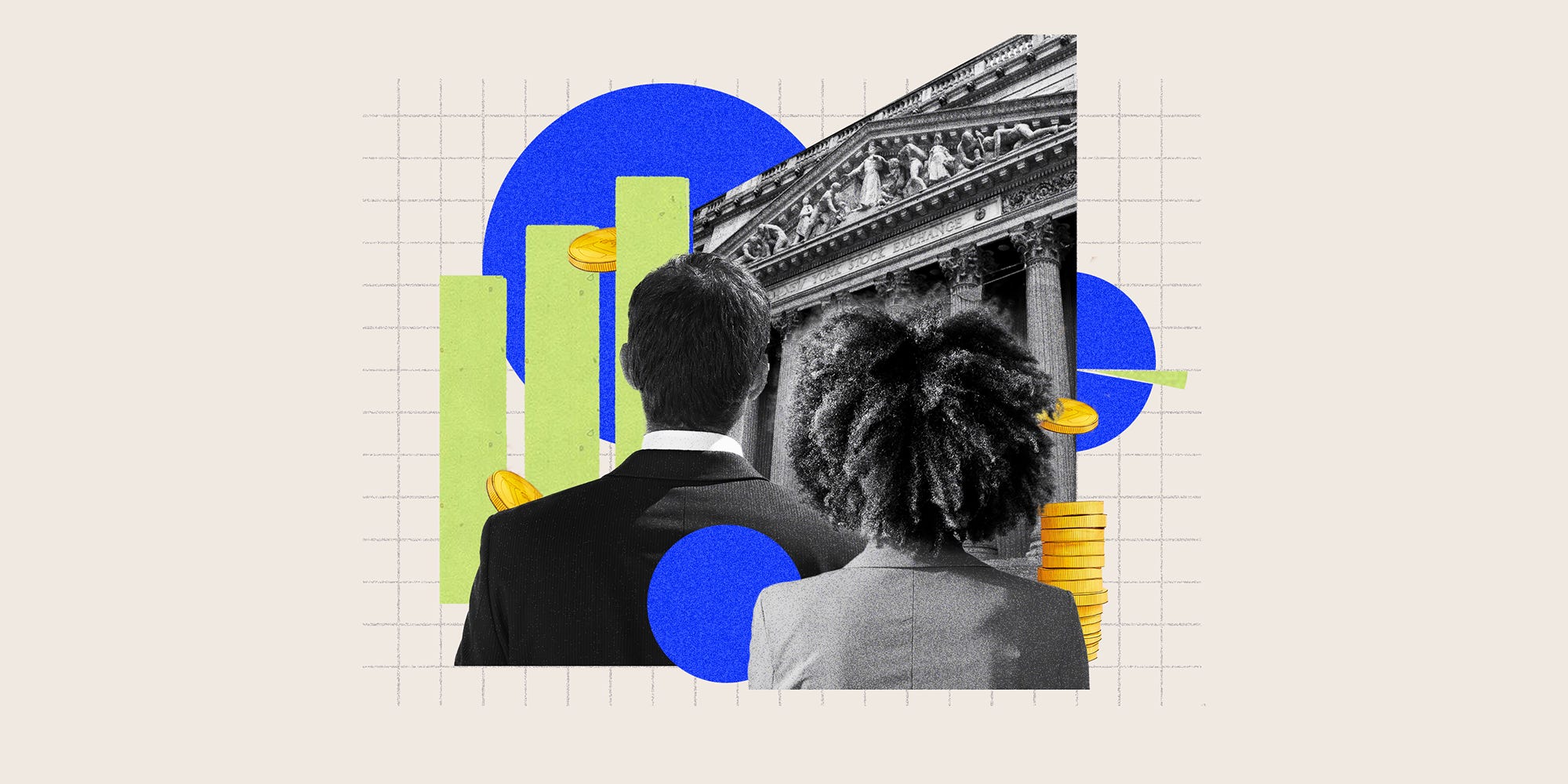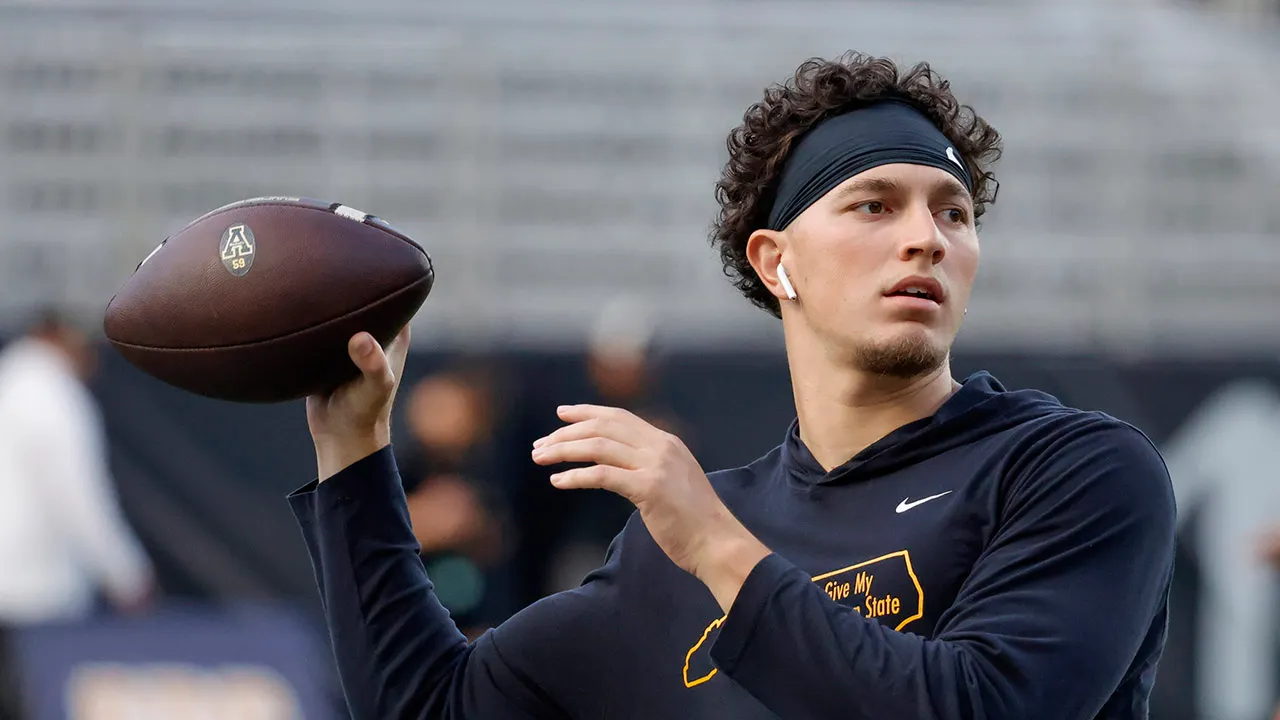
Getty Images; Alyssa Powell/BI
Imagine the average Wall Street worker, and Christian Bale’s investment banker character from “American Psycho” might come to mind: conventionally attractive with slicked-back hair, a posh Manhattan address, dual Harvard degrees, and, of course, white and male.
What if we told you that front-office workers at four of the largest banks were actually less white than the general public? And equally male and female? Or that Baruch College, a public school in New York City, is a more common undergrad alma mater than Harvard?
The Wall Street stereotype exists in part because the industry is insular and hard to break into, a trend that is only calcifying as the industry’s already strict recruiting pipeline narrows. Students who want to become investment bankers, private equity dealmakers, or hedge fund traders now feel they must start checking off a long to-do list as early as freshman year — or risk missing out. The system prioritizes people who are lucky enough to be exposed to the finance industry and its all-important investment banking internship at a young age.
In light of this, BI decided to put Wall Street’s diversity to the test. We wanted to know where the average Wall Street worker went to school, how likely they are to have a master’s degree, and how far the banks have come in hiring more women and minorities after years of promising to branch out. This is the third in a series of stories about the changing path to jobs on Wall Street and how this is affecting young people and the industry at large.
We turned to disparate sources of information to synthesize a picture across four of the largest Wall Street banks: JPMorgan Chase, Citigroup, Morgan Stanley, and Goldman Sachs. We used Equal Employment Opportunity Commission disclosures for race and gender information and the data software firm Revelio Labs for other things, like educational and professional experiences. To determine pay, we consulted the New York State Comptroller’s annual compensation report, which relies on tax data.
Read on to learn more about the average Face of Wall Street.
It’s not essential to be an Ivy Leaguer to get a job
While an Ivy League degree can help you land a front-office bulge bracket job, it’s far from a requirement, the data showed.
Only 11.7% of New York-based front-office workers at the four firms we studied went to Ivy Plus schools (defined as the Ivy Leagues plus the University of Chicago, Stanford, Duke, and MIT) for undergrad, according to the Revelio Labs data.
Nearly as many received their undergraduate degree internationally, which can serve as a proxy for employees who are not from the US. Almost four out of five went to other schools.
The numbers change as you go up the pecking order. BI studied the educational backgrounds of the 69 members of the management committees at these four banks and found that 17.4% of them went to an Ivy Plus for undergrad, and a striking 30.4% hailed from an international school.
Downtown kids rejoice: NYU is the top undergrad degree.
Wall Street’s front-office workers hail from a range of undergraduate programs, but there are some top hits. Three of the five most popular undergraduate schools are in New York City, led by New York University, which charges more than $65,000 a year for tuition. Next up is Baruch College, a public school in Manhattan known for spitting out finance talent, and Fordham University, a private Jesuit school in the Bronx.
New York City’s Ivy League representative, Columbia, didn’t make the top five. The only two Ivies in the top five are the University of Pennsylvania, home of the Wharton Business School, and upstate New York’s Cornell.
More than a quarter have a graduate degree
The study found that 28.3% of these workers have a graduate degree, most likely an MBA, though it could be another degree.
The most attended graduate schools among this cohort are largely a who’s who of top business schools, with NYU and Columbia taking the lead. UPenn and Harvard also make an appearance. Fordham is the third most common in another strong showing for the Bronx school.
Almost a quarter are lifers
Nearly a quarter, 22.3% of employees, have been at the same firm since graduation — highlighting the importance of getting on the right career track in college. Among job switchers, most worked at other bulge-bracket banks led by Bank of America.
The only non-bank employer in the top five was the US government, which remains the nation’s largest employer despite recent cutbacks under the Trump White House.
They are paid well
Note: The above chart shows nominal bonus size and is not adjusted for inflation.
Working on Wall Street pays well, with entry-level bankers earning about $110,000 a year, not including bonuses. Bonuses can make up half or more of total pay but will fluctuate depending on how bad or good business was the year prior.
In 2024, bank revenues soared, sending Wall Street’s bonus pools to an all-time high of $47.5 billion, according to New York State Comptroller Thomas P. DiNapoli’s report. That works out to an average bonus of $244,700 for every Wall Street worker, the report said.
Using banker pay data for 2023, BI estimated that the average Wall Street worker earned roughly $529,970 in 2024. According to the latest data from the Social Security Administration, the average salary in the US is $66,622.
Less white than the general population
The latest available data shows that the employees at these banks are 48.67% white, about 10 percentage points less than the latest census data shows for non-Hispanic whites. It’s also, however, slightly less Black and slightly less Hispanic than the country.
One exception is the Asian population, whose representation in finance is about three times that in the country as a whole. Nearly a fifth of the employees identified as Asian, compared with 6.4% of the US population.
Since 2019, the studied banks have become 5 percentage points less white, with all minority categories increasing, led by Asian workers.
Perhaps unsurprisingly, Wall Street’s executive level is whiter than the general population. The four banks are essentially three-quarters white at that level. Asian executives are also more highly represented at that level, with 14.18% of roles.
Other minority groups are substantially less represented than they are in the general population, with only 4.74% Black executives, who make up 13.7% of the general population, and 5.23% Hispanic executives, who account for 19.5% of the general population.
Despite banks’ diversification efforts, white people now represent 74.2% of firms’ executive ranks, up from 70.2% in 2019. At all other levels captured in the disclosures, the firms have become more diverse since 2019.
While the data is separated into different job categories, it doesn’t make more granular distinctions between investment bankers and those who work in other fields like technology and marketing.
Most of the banks’ data comes from 2023 EEOC disclosures with the exception of Citi, which has not released its 2023 disclosure. As a result, we’re using Citi’s 2022 data.
We’ve also collapsed the Native Hawaiian or Pacific Islander, American Indian or Alaskan Native, and multiracial categories into one “other” category. We’re following JPMorgan Chase’s lead in combining these categories so we can compare the banks against one another.
Gender parity gets better the further down the chain you go
If you look at the overall gender breakdown, the banks are almost exactly 50/50 male and female, and have been since 2019.
But an interesting story emerges when you look at the gender split by rank. At the “other” level, which features administrative employees among others, the banks are 57.5% female.
The next bar up, professionals, are more male than female (53.3% to 46.7%) but near parity. At the midlevel management rung, the firms get slightly more male, with 57.8% of employees identifying as male.
The executive levels are the most male, with 69.6% of executives identifying as male. That share is lower than in 2019, when nearly three-quarters, 74.1%, of top bank executives were male. But as with race, Wall Street has the furthest left to go at the executive level.
Want to share your career path with us? Fill out this quick form.
Editor’s note: Revelio Labs’ data comes from its internal talent database, which uses public sources like LinkedIn profiles that are standardized through the firm’s proprietary algorithms. For this project, Revelio pulled data for roughly 36,500 employees of Goldman Sachs, Morgan Stanley, Citi, and JPMorgan who identified as front-office workers based in the New York area.
The post Face of Wall Street: Meet the average front-office worker at a major bank appeared first on Business Insider.




